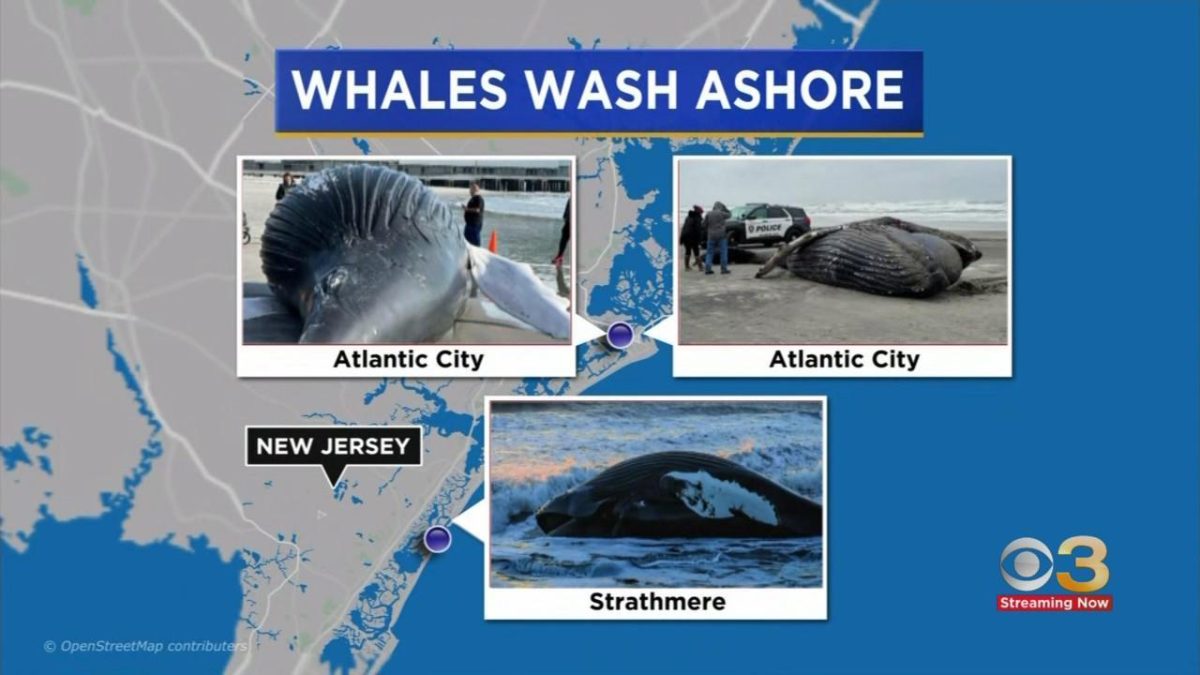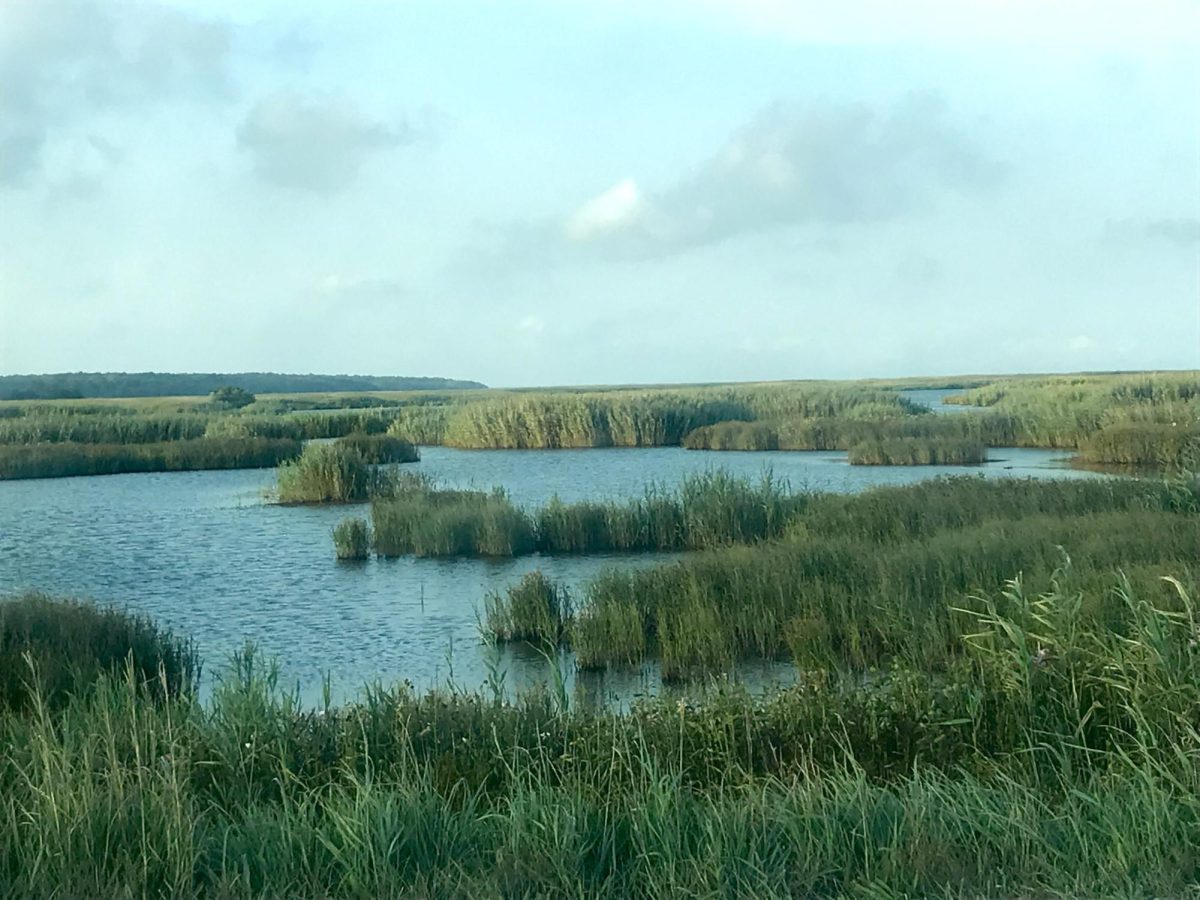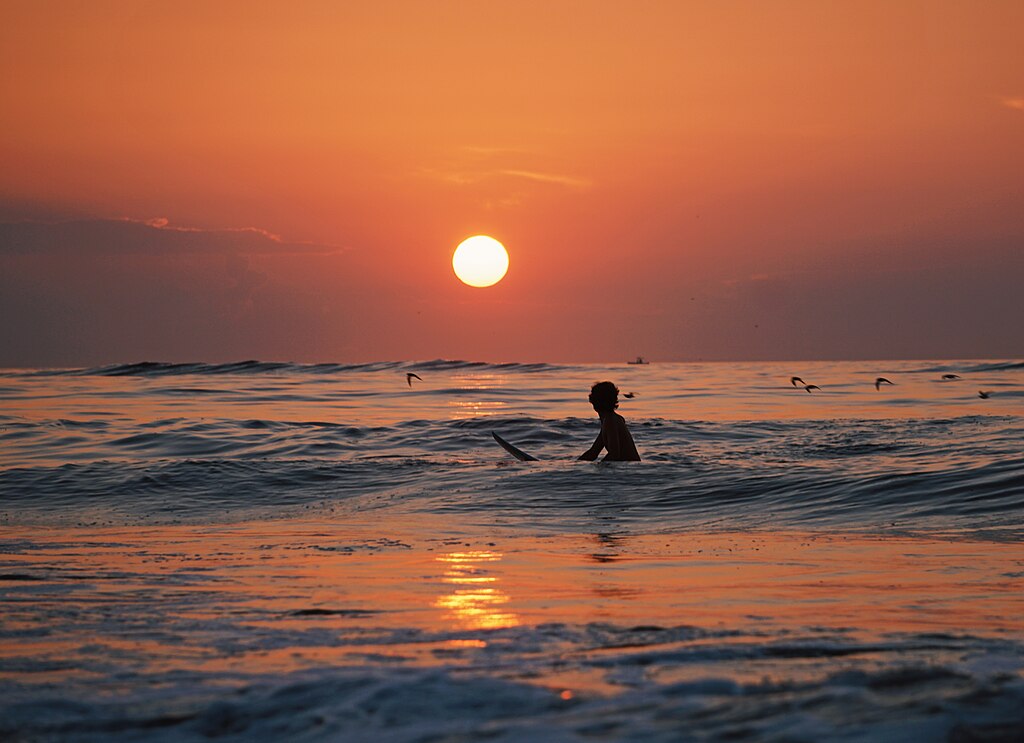The news reports have become sadly familiar.
A dead whale is discovered on a beach in New Jersey. Marine mammal expert examinations often show that a ship collision or fishing lines is the cause, but sometimes it’s unclear. Opponents of offshore wind power then argue that the death is a result of proposed projects and call for them to be stopped.
Then it happens again. And again. And again.
The news cycle took a slight turn in November, when two offshore wind projects set to be built off the coast of South Jersey were canceled.
This came as devastating news for the Biden Administration, which has big hopes for the U.S’s wind industry, as well as for Governor Phil Murphy’s aspiration to establish the Garden State as a global leader in offshore wind. For opponents of offshore wind in New Jersey, the news was cause for celebration.
But plans for offshore windpower continue in New Jersey in another location – and elsewhere along the East Coast. And the plight of whales – particularly humpback whales, high numbers of which have stranded and died on Jersey Shore beaches over the past year – remains.
Which leaves the public with a lot of questions.
What is causing the whale deaths?
Would ending the offshore wind industry actually prevent future whale deaths?
Or is the best way to protect whales to transition away from fossil fuels?
It can all be overwhelming. Here is an overview of some of what we know and what we don’t about the issue.
How do humans affect whales?
The human threat to whales is, of course, not a new issue.
The humpback, in particular, is a historically vulnerable species. By the mid-20th century, it, along with many other whale species, had been hunted to the brink of extinction.
Today, humpbacks are a conservation success story, with global population numbers that have rebounded enough to have it removed from the endangered species list.
Nevertheless, there are plenty of human activities that threaten to reverse the humpback’s resurgence, most critically, the increase in ocean temperatures. The Gulf of Maine, a primary humpback habitat, has been particularly impacted by warming water, causing significant changes in the feeding and migratory habitats of humpbacks and many other marine species.
All whale species play a vital role in maintaining the ocean’s food chain. And the North Atlantic is particularly hazardous for whales.
In the past year alone, 12 dead whales were discovered along the New York and New Jersey coasts. These deaths are a part of an “unusual mortality event” that has been ongoing for several years.
While a definitive answer to causes for this increase in deaths is not yet known, assessments by the National Oceanic and Atmospheric Administration (NOAA) have found that of the dead whales that scientists have been able to examine, 77% were killed by collisions with vessels or entanglements in fishing gear. Unfortunately, many carcasses are never examined, due to advanced composition or the fact that they are spotted floating far offshore.
Research also indicates that noise from ships and low-frequency sonar, which is in anything from military surveillance to seabed surveying by oil-and-gas as well as offshore wind companies, can disrupt whale communication, hunting, the detection of predators and hazards, and increase stress levels.
Much is still not known about how sound impacts humpbacks particularly, primarily because they are baleen whales, meaning they are not as sensitive to sound as toothed whales and dolphins, which use echolocation.
Offshore wind opposition
Upon the Biden-Harris administration’s initial approval of Orsted’s Ocean Wind 1, which was set to be the U.S.’s largest offshore wind energy project, there was a spike in concern for the safety of whales, especially the critically endangered North Atlantic right whale, of which only about 350 remain.
In light of the recent spike in humpback deaths, many groups opposed to offshore wind have suggested that seabed surveying by Orsted and other companies has negatively impacted right whales.
They claim that the surveying, which uses low-frequency sound waves to map the ocean floor, has impaired the communication and navigation of right whales, humpbacks, dolphins, and other marine species.
Some groups insist that, once built, offshore wind farms will drive right whales to extinction, and they are calling for a complete stop to the industry’s development plans. Other groups are advocating for reasonable and responsible wind development rather than a complete halt, criticizing Ocean Wind and other projects as being “too much too fast.”
While there is legitimate cause for concern any time an industrial project of such scale is proposed, supporters of offshore wind have pointed out that some of these opposition groups are backed by organizations affiliated with the fossil fuel industry.
Another vocal opponent of offshore wind are Republican members of the state and federal government, who endorse the theory that surveying is harming the whales and insist that the climate crisis is overblown and offshore wind is not urgently necessary.
Many fishing industry groups have also been opposed to offshore wind, condemning the projects and calling them hypocritical compared to the strict regulations imposed on them to protect whales.
Offshore wind support
Most environmental groups, like the Sierra Club and the League of Conservation Voters, are adamant that fossil fuel-driven climate change is the gravest threat to the environment, including whales — not offshore wind.
Advocates believe that a rapid change to 100% renewable energy is the key to protecting threatened species and combating the climate crisis. They insist that they are confident offshore wind development is being done carefully and properly, and point to clear evidence that humpbacks and right whales are consistently being harmed by vessel strikes and fishing gear entanglements.
These groups support the nationwide transition to cleaner forms of energy, like wind and solar, and condemn the halt of offshore wind projects, like Orsted’s Ocean Wind 1 and 2.
Delaying these efforts, they say, is what is putting whales and the marine environment at the highest risk.
It’s also notable that labor unions have been another supporter of offshore wind development, as the projects promise long term union jobs for workers.
How are potential threats of offshore wind being assessed?
The Biden-Harris and Murphy administrations assert that there is no evidence that the recent surge in whale deaths is connected to the development of offshore wind, emphasizing that about half of the strandings that were able to be examined were from vessel strikes.
Both administrations insist that precautions are being taken to not exacerbate the whales’ already stressed environment, though the Bureau of Ocean Energy Management (BOEM) – the federal agency responsible for permitting the development of offshore energy – has acknowledged that offshore wind can potentially increase the risk of vessel strikes, noise, entanglement, and the reduction of prey.
BOEM is working in collaboration with the National Marine Fisheries Service (NMFS), an agency under NOAA, to better understand the effects of offshore wind on whales – particularly the endangered right whale.
To that end, theBiden-Harris administration has directed $82 million to NOAA so that more research can be conducted. For example, the agency has been conducting real-time monitoring to track right whales and reduce the risk of vessel strikes and entanglements.
Even with these considerable efforts, many questions remain – only about 33% of right whale deaths are documented, and of those that are, 36% have unknown causes.
In a similar effort, the Department of Environmental Protection (NJDEP) is directing the “Research and Monitoring Initiative.” This effort is aimed at protecting New Jersey’s coastal and marine resources, while further developing offshore wind. The plan encompasses research and monitoring throughout all the stages of wind projects, from preparation to decommissioning.
The future of offshore wind?
Orsted’s canceling of Ocean Wind 1 and 2 in New Jersey has cast a shadow across the industry writ large.
Ocean Wind 1 was set to be constructed about 13 miles southeast of Atlantic City and would have had a capacity of 1,100 megawatts – enough energy to power over 380,000 homes. The project was approved for 98 turbines and up to three offshore substations across the 488,000 acre lease area, which was located 15 miles off southern New Jersey. The adjacent Ocean Wind 2 farm was slated for 98 turbines that would have delivered up to 1,148 megawatts of energy – enough to power another 500,000 homes.
Orsted said their decision to cancel the two wind farms was based on inflation, supply chain delays, and rising materials costs – circumstances that threaten to impact every offshore project in the U.S. Even before the dissolution of the Ocean Wind projects, Orsted’s utility partner in New Jersey, PSE&G, had sold its 25% stake in the company.
These setbacks, and worries of future contraction in the U.S. offshore wind industry, threaten Governor Murphy’s hopes of making New Jersey a clean energy leader, as well as his plans of having the state run on 100 percent clean energy by 2035.
As for the Biden-Harris administration, their target of producing 30 gigawatts of energy from offshore wind by 2030 is now also looking increasingly unlikely.
Despite pulling out of New Jersey, Orsted is still moving forward with its Revolution Wind project in Rhode Island, and its South Fork project in New York. (South Fork began delivering electricity onshore in December.) Meanwhile, Atlantic Shores is continuing its plans to construct an offshore wind farm off the coast of Atlantic City and Long Beach Island.
One of the few things that is certain is that the topic of offshore wind and whales is a polarizing one that will only grow more contentious as more projects are proposed or get underway.
And the stakes for both whales and humans are high.







